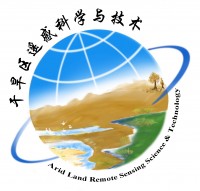Analysis on the Spatio-Temporal Changes of LST and Its Influencing Factors Based on VIC Model in the Arid Region from 1960 to 2017: An Example of the Ebinur Lake Watershed, Xinjiang, China
2021
期刊
Remote Sensing
下载全文
- 卷 13
- 期 23
- 页码 4867
- MDPI AG
- ISSN: 2072-4292
- DOI: 10.3390/rs13234867
